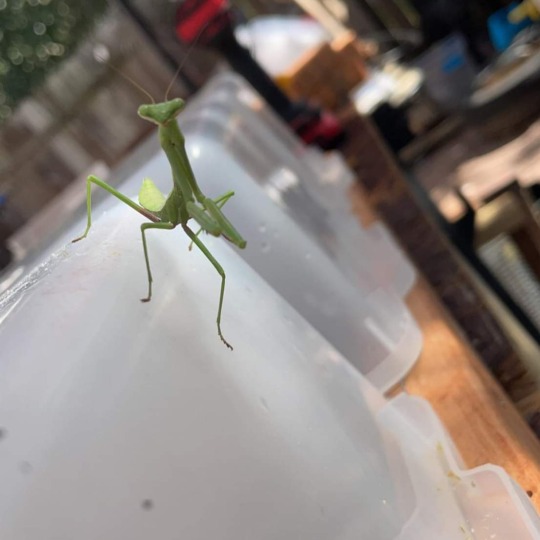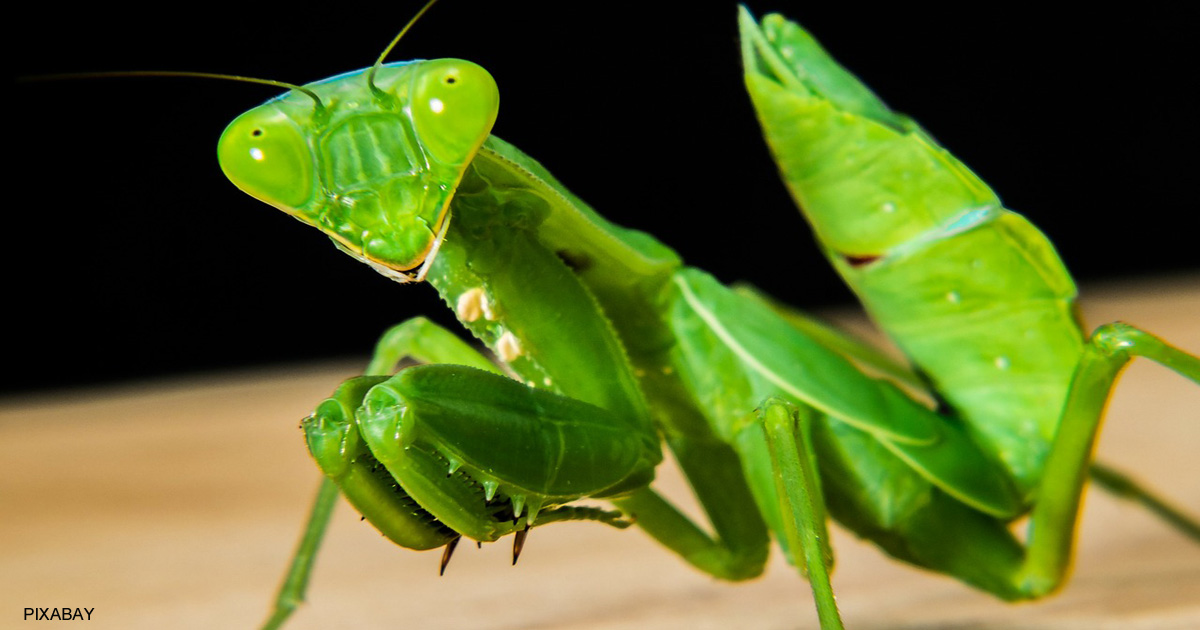

The praying mantis also begins to emerge in spring and disappear from the scene after fall. The eggs of species of stick insects are allowed to fall onto the ground while others tuck their eggs into crevices, the bark of a tree, or bury them in the ground. But in temperate climates, the females lay eggs in autumn before dying, and their offspring hatch in spring. In warmer climates, tropical and subtropical, you will see stick bugs all year round. What Time Of Year Are They Active? Stick Bugs In this respect both the praying mantis and stick insects are similar in regard to the temperatures they prefer. But they can comfortably exist in temperatures of as much as 90 degrees Fahrenheit. The species can live in drier areas when they find a habitat that allows them to shelter from the elements. Praying mantis thrives in outdoor temperatures of 60 degrees Fahrenheit which is around the range of normal room temperature. They also can be found in meadowlands since these are insects that go where their prey is present. The Praying mantis also favors warmer temperatures but they are more adventurous compared to the stick insects because some species can venture into hotter regions like deserts depending on the species. Anything less than 59 degrees Fahrenheit is harmful and could lead to the death of the insect. Stick bugs generally thrive in temperatures of 68 degrees Fahrenheit which is the normal room temperature. During the day, you are likely to come across them hidden under the leaves of plants during the day as they remain motionless to fool and avoid predators. They are nocturnal creatures, as they come out to feed at night. They seek out grasslands and forest cover because these are habitats that offer excellent camouflage for them.


Stick bugs tend to favor the tropic and subtropical climates but some species can survive in temperate climatic conditions. Where Do You Find Stick Bugs And Praying Mantis? Stick Bugs For example, the Chinese Praying Mantis can grow up to 5 inches and the smaller Carolina mantis will only get to 2 inches.Ī praying mantis has an elongated abdominal area that is covered with wings. Their size varies depending on the species. The praying mantis can comfortably turn its head 180 degrees because the head sits on an elongated thorax. This praying mantis has caught itself a small feed.


 0 kommentar(er)
0 kommentar(er)
